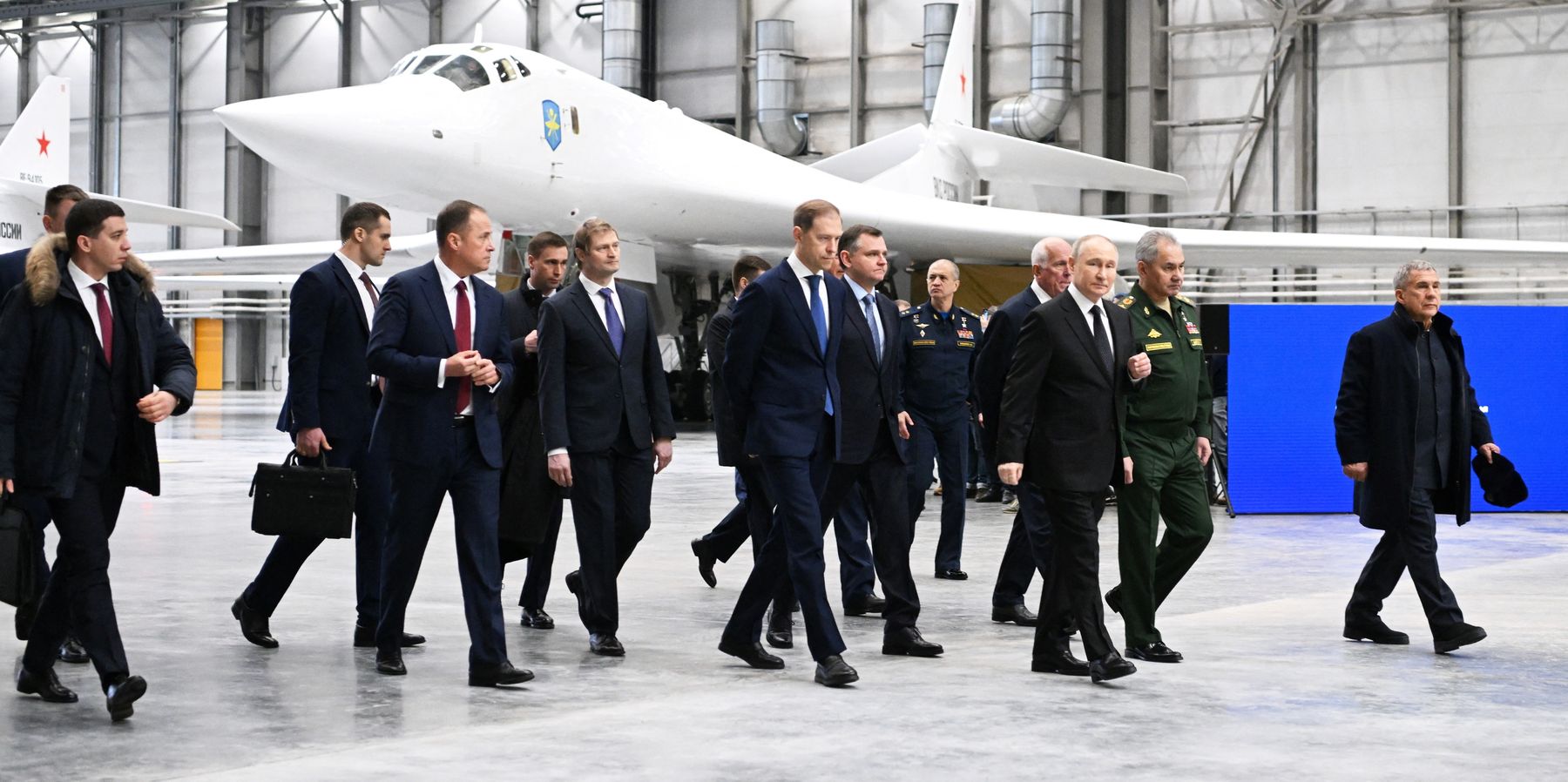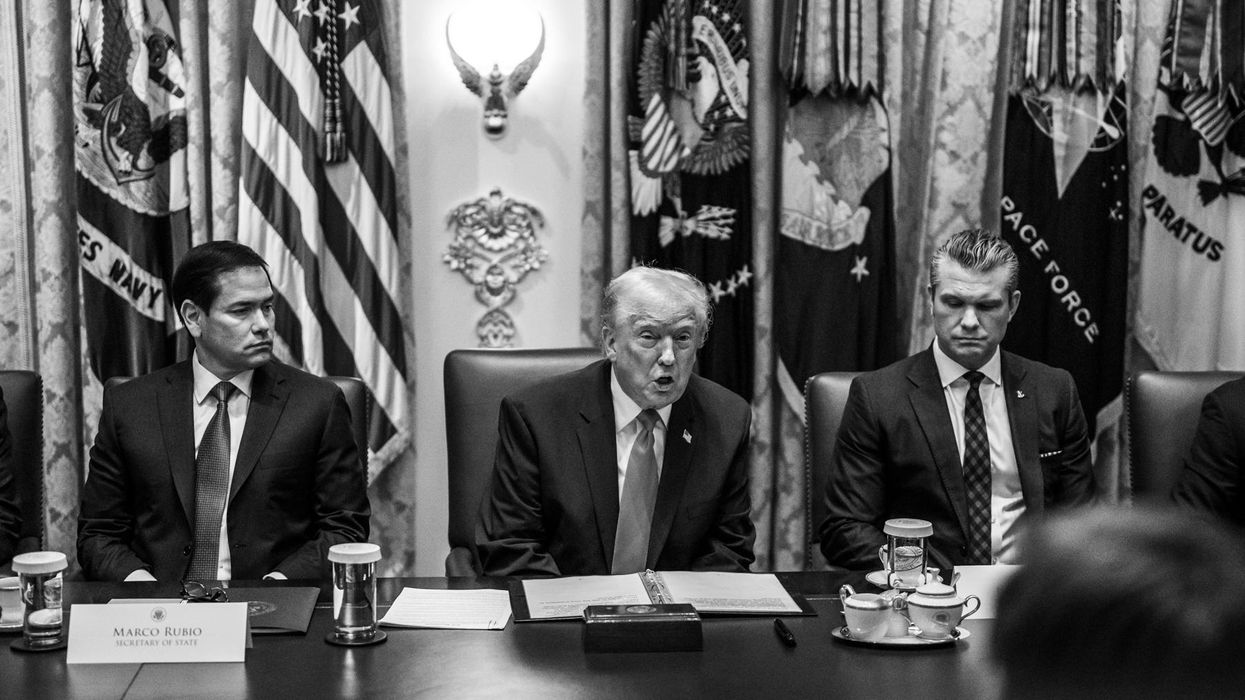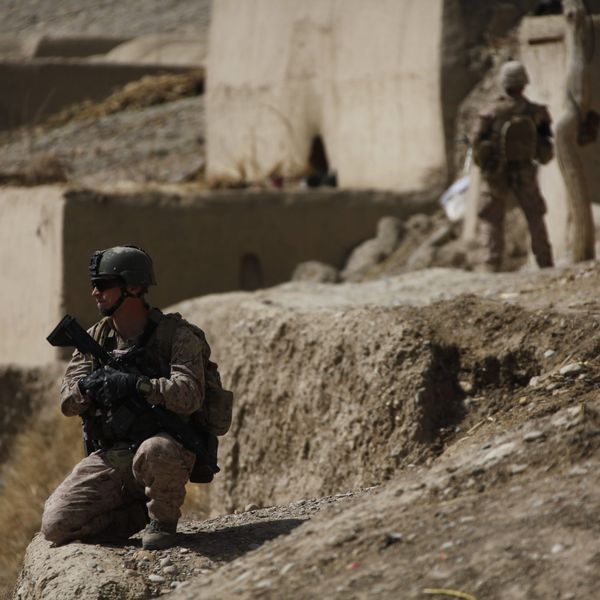“Since the end of the Cold War, defense industries have not been doing much production work for the department,” declared William A. LaPlante, undersecretary of defense for acquisition and sustainment, at the Center for Strategic and International Studies' Global Security Forum in April.
This shocking statement from LaPlante jibes with the response we have seen from the U.S./NATO defense industrial base to the Russian invasion of Ukraine — a response which has been underwhelming to say the least.
Indeed, Russia is outproducing all of NATO and the U.S in terms of ammunition, rockets, and tanks, despite having a 2023 defense budget of just $100 billion and a GDP of $2 trillion. Compare this to the combined US/NATO defense budget of $1.47 trillion and a combined GDP of about $45 trillion.
How can this be?
In short, the United States and NATO allies are prosecuting a war they would like to win, while Russia is prosecuting a war it believes that it has to win — an existential war. Consequently, for the Pentagon and American defense contractors it is largely business as usual with profits and revenues being the primary concern. Sure, some contracts were/are being expedited so that the money can begin to flow more quickly. However, with no real defense reform there is no reason to believe that defense contractors won't continue their long run of delivering weapon systems like the F-35, the Ford Class Carrier, and the Sentinel ICBM behind schedule and for billions more than originally promised.
But it's not just the big complex programs that come in late and over budget. Even something as relatively simple as producing unguided artillery shells come in late and over budget.
Going into 2022 there was little doubt that the U.S. Army no longer believed artillery to be as central to the battlefield as it once was. Demonstrating this mindset, on May 21, 2021, just about eight months before Russia invaded Ukraine, the Army requested permission to cut back annual spending on its 155mm rounds by half, reducing annual production to 75,357 rounds per year, about 6,200 per month.
But the story doesn’t end there. It turns out that the Army had presided over the decline of the entire U.S. artillery ammunition supply chain. Just how severe the decline is revealed in an excellent investigative piece by Reuters in which we learn that for years, U.S. production of 155mm rounds had been crippled by manufacturing defects and safety issues.
Furthermore, plans to replace the antiquated U.S. artillery production facility in Virginia with a modern, much higher capacity facility had fallen a decade behind schedule while nearly doubling its cost. In other words, very late and way over budget.
However, the most disturbing aspect of just how poorly the U.S. Army and Congress maintained our artillery shell supply chain was revealed by an internal U.S. Army document from 2021 detailing “foreign dependencies” on at least a dozen chemicals critical to manufacturing artillery shells that sourced from China and India, countries with close trade ties to Russia, according to the Reuters investigation.
All of the above adds up to an artillery ammunition supply chain in very bad shape, especially when compared to the 438,000 rounds per month U.S. ammunition plants could produce in 1980. To restore the supply chain, the U.S. Army requested $3.1 billion to ramp up 155mm shell production to 100,000 shells per month by the end of 2025. But Congress generously doubled that amount to $6.414 billion as part of the $95 billion supplemental security bill signed by Biden on April 24.
The Army's plan to build production up to 100,000 rounds per month, 1.2 million annually, by the end of 2025 sounds pretty good. But we have yet to see that production rate in reality, and by the end of 2025 Ukraine could have lost the war.
Still, it is good to remember that the United States is not the only power engaged in this proxy war against Russia — other countries are also working to get desperately needed artillery shells to Ukraine. And the biggest ammunition news coming out of Europe is that defense giant Rheinmetall, courtesy of an €8.5 billion contract with the German military, is going to produce up to 700,000 artillery shells and 10,000 tons of powder annually, starting in 2025.
Hence, if everything goes according to plan, by the end of 2025 the U.S. and its NATO allies could be producing nearly 2 million 155mm rounds per year. This seems less impressive when you consider that from the start of the war to today Russia has already increased its overall annual artillery shell production to three million rounds.
This includes increasing its production of 152mm shells five-fold, going from 400,000 rounds per year in January of 2022 to two million rounds per year. Additionally, Russia has reportedly been able to ramp up the production of its 152mm Krasnopol-M2 artillery precision guided rounds by a factor of 20, according to Russian state sources.
These shells are more resistant to jamming than the $100,000 M982 Excalibur 155 mm precision guided rounds that the U.S. had been providing to Ukraine that have largely been rendered ineffective by Russian jamming.
Yet, it is not enough to provide artillery shells, you also need the artillery to fire the shells, and Ukraine’s artillery is not only wearing down, but it is also being destroyed by Russia. And long before artillery tubes (barrels) fail completely due to wear and tear, they begin to lose range and become less accurate. Both Ukraine and Russia have to deal with the wear issue, so the question is who has the heavy industry to build artillery tubes.
Though there's not a lot of information available on artillery tube/barrel production rates, Russia is outstripping the U.S. and NATO weapons production by running its very large Soviet era factories 24/7 to produce ammunition, vehicles and other military. This suggests that it is also likely doing the same when it comes to artillery tube production, as well as producing brand new artillery.
On the other hand, there is little doubt that if the United States and its NATO allies truly believed their existence was threatened, they could spend billions putting emergency measures in place that would allow them to outproduce Russia, whose defense spending and GDP is a fraction of the combined NATO/U.S.
But such measures would also require disrupting the defense procurement status quo. So, in theory it could be done. But the U.S. and its NATO allies don’t seem to be rushing to establish sweeping new industrial policies. Maybe it is because they know Putin is not going to execute an unprovoked Article 5 attack on a NATO country and that democracy will survive regardless of the outcome in Ukraine.
Consequently, while the Russian threat is great for justifying lavishing billions of dollars on defense contractors to replenish depleted weapon and ammunition stocks, as well as acquiring new weapons, it is not so great a threat as to justify disrupting the status quo defense contractors have created – a status quo that delivers less bang for the buck each year while generating record profits and revenues.
In sharp contrast, Russia’s military buildup will continue to be that of a country that believes it is fighting an existential war of survival.
- Beware arms makers exploiting Ukraine war to profit, avoid oversight ›
- How the Ukraine war helped the arms trade go boom ›
- Peace denied? Russian budget jacks up wartime economy | Responsible Statecraft ›
- Right now NATO could not win a war with Russia | Responsible Statecraft ›
- The folly of PR-driven strategy: Ukraine’s doomed 155th Brigade | Responsible Statecraft ›
- A postwar Western stockpile for Ukraine that is amenable to Russia | Responsible Statecraft ›
- Russian drones over Poland no reason to panic and start a war | Responsible Statecraft ›
















